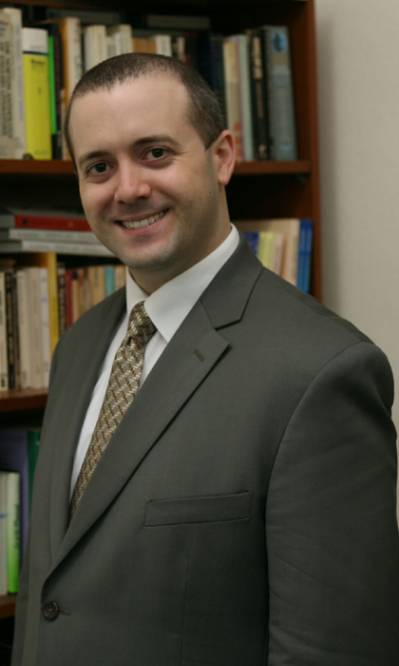
A mentor of mine from early in my career as a university educator had written on his instructor profile that his hobbies included “hunting plagiarists for sport.”At the time, I was impressed by the tenacity of this statement, but I couldn’t dispel the fanciful image of the walls of his fire-lit study, which were hung with an ever-increasing collection of the preserved and mounted heads of his quarry. Under each trophy was a shiny brass plaque on which was inscribed the name and the charges: Henderson, William Failure to Cite; LeGrand, Bethany Paper Purchased from Essay Mill; Lee, James Improper Paraphrase; MacHenry, Samantha & Jacobs, Helen? Duplicate Submission.
This wasn’t a menagerie of vicious, toothy creatures but a collection of faces of young men and women filled with, in the words of Blake,“Marks of weakness, marks of woe.” However, following my older colleague’s example, I committed myself to the principle that would-be plagiarists must be stopped at all costs. I made a point of scanning each submission for anything out of the ordinary before checking the results from the school’s plagiarism detection software. Once suspected, a student would be brought in for questioning, made to sign a confession, and then be summarily flayed (failed) or executed (expelled from class). I had soon caught my first offenders and arranged ‘the interrogation.’
After a few questions about how the material had been written, the cool, uncaring demeanor of these students melted away. They desperately attempted to deny an understanding that what they did was wrong. When they were then reminded of the plagiarism instruction they had received, a litany of excuses poured forth: they found the subject matter too challenging; they had trouble expressing the ideas in writing; they were overburdened with their current workload. These were flimsy excuses at best, for it was soon revealed that not one of these students had asked for clarification about the content, sought writing assistance from the academic writing center, or even requested an extension.
When asked why they had submitted plagiarized work instead of taking the legitimate steps, however, their faces became that sad collection of trophies adorning the walls of my colleague, and ‘the interrogation’ revealed something else entirely. Nearly all revealed that they had been doing the same thing since they were very young: their parents had written their assignments for them in elementary school; they had been instructed to copy sections out of an encyclopedia in middle school; they had submitted essay bank papers for classes in high school. They had seldom ever submitted their own work and had never faced any sort of consequence until now. It goes without saying that they lacked the skills needed to generate legitimate work at the level expected of them.
Plagiarism, I have found from my experience, is an institutional problem that is rooted in learned behavior. Like most habits, this one often starts to form early on. Educators at higher levels, therefore, must sometimes work with students who arrive ill-equipped for the challenges they must face. Thus, although stopping plagiarism is important work, it is equally important to understand how many plagiarists come to face ‘the interrogation’ and, as such, consider alternative solutions to promote academic honesty at the university level.
*Kevin Buchanan holds a master’s degree in English literature from the University of Western Ontario.

